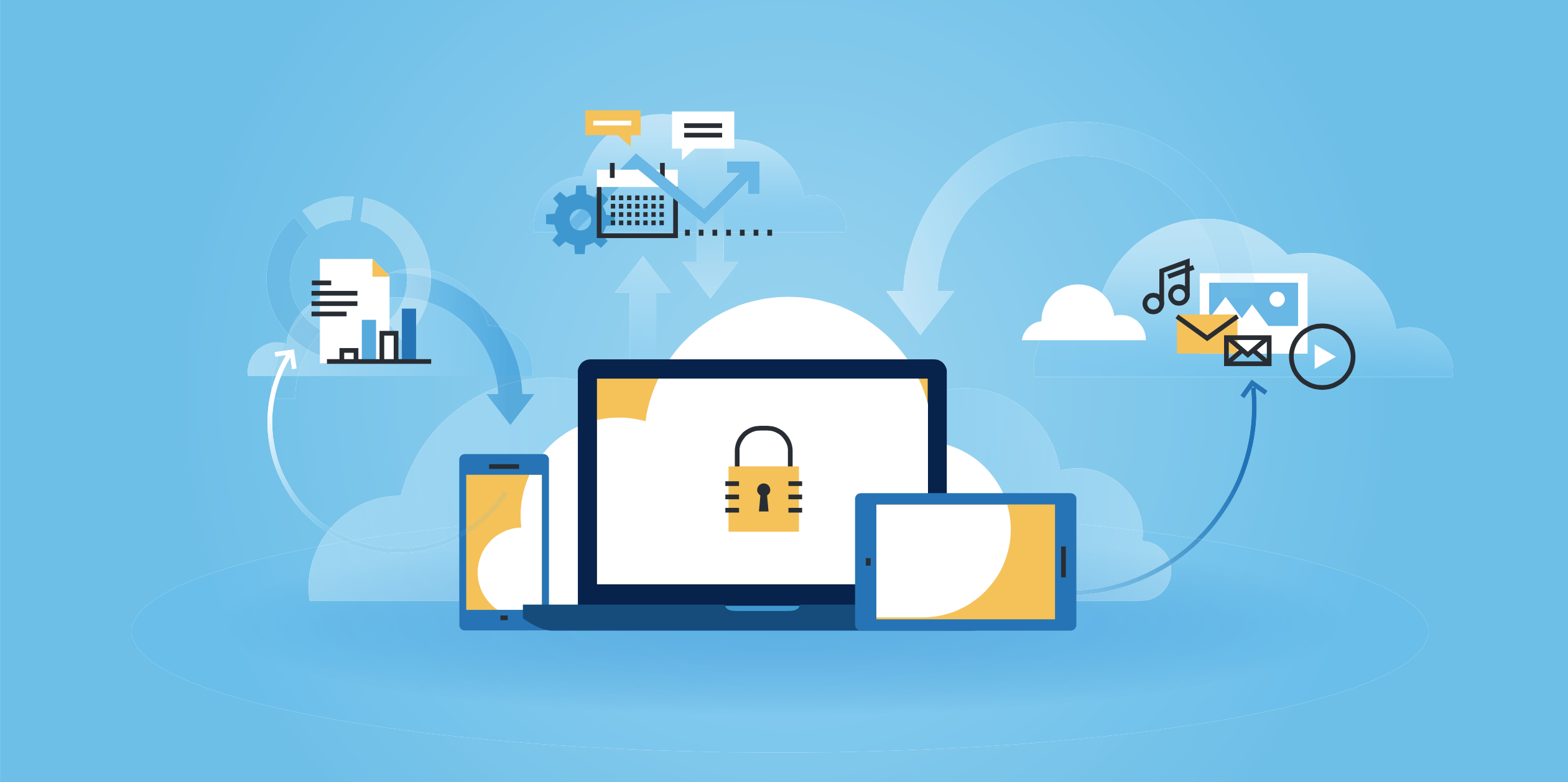By Katie Dobruse
Sunday, June 12, 2016 saw the deadliest mass shooting in modern U.S. history, resulting in the deaths of 49 people and the wounding of another 53. As we collectively struggle to make sense of this horrific event, there are those who would take advantage of this tragedy for their own monetary gain.
While people across the world are reaching out to support the Orlando LGBTQIA community through donations, cybercriminals are already setting up false donation sites in order to divert those donations into their own pockets. Not only can these scammers steal donations meant to help victims of the attack, but they can also steal the identities of donors who are only trying to do good.
So what does this mean for donors? How can you avoid having your money—or even your identity—stolen?
Stick with well-known charities. These days, it’s easy for anyone to claim to have been a victim and set up a donation page through crowdfunding sites like GoFundMe. Indeed, GoFundMe has reported that over 150 different pages have been set up in response to the Orlando attack—more than the number of victims killed or injured. Be smart. Do your research. Sites like GuideStar and Charity Navigator exist to verify nonprofits, ensuring that donations are used as promised.
It’s better to trust an organization that has been around for some time and has a proven track record of using its funds for good, rather than an organization that was just created.
Consider the case of the Tennessee man who stole thousands of dollars from the charity he set up in the wake of the Sandy Hook Elementary School massacre.
Use common sense, too: If something about the site seems fishy, double- or even triple-check before donating. You can also use WhoIs to check a site’s URL to make sure that it really is run by the organization it claims to be representing. While the site Registrar information may sometimes be private, many times scammers don’t think to fix this information, making them easy to spot. If scammers are spoofing a legitimate site, this can tell you that as well.
With that in mind, charities also have to be on the lookout for scammers. We’ve covered digital imposters here before, and it’s important to remember to monitor your digital presence to shut down such imposters in case they crop up. Not only might your charity be losing donations you never even knew about, but also donors might feel burned by scammers and decide not to donate the next time something bad happens. To make matters worse, the actual charity might face public backlash for not having done more to prevent scammers from using the charity’s brand to defraud donors.
Finally, no victim is going to have your personal contact information to reach out to you directly. Remember Agile’s Best/Worst Scam Emails of 2013? Those were examples of the kinds of phishing emails you might expect to receive in the upcoming days and weeks: Don’t fall for them!

